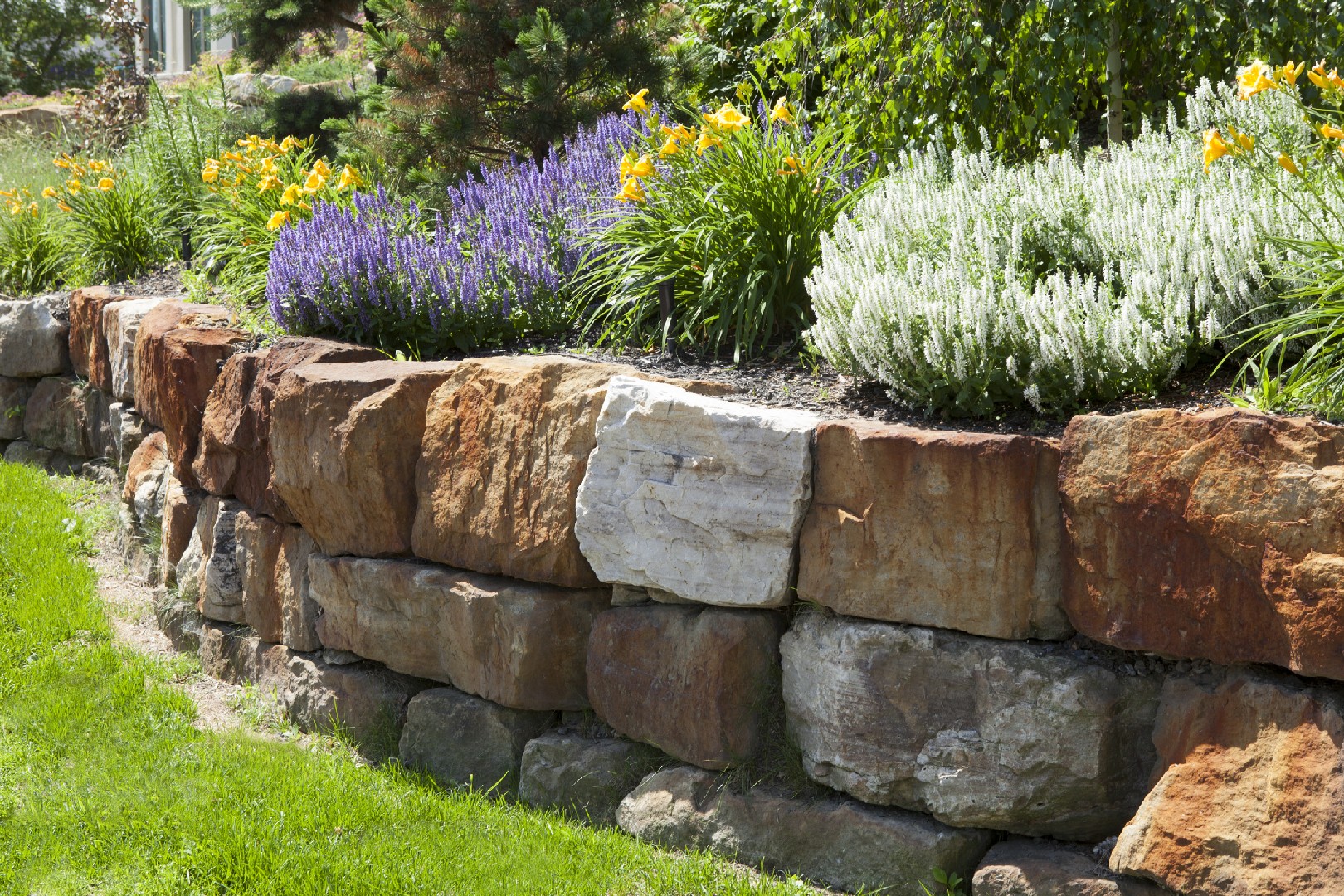![Rectangle]()
Section 2: Selecting the Right Edging for Your Garden
When it comes to achieving a polished and well-designed garden, selecting the right edging materials is of utmost importance. The edging material you choose will not only enhance the overall aesthetic appeal of your garden but will also serve functional purposes. Let's discuss various edging materials and their decorative and functional relationships to the garden design.
Wood is a popular choice for garden edging due to its natural look and versatility. It can be easily customized to fit the desired shape of your garden bed and is available in different types of wood such as cedar, redwood, and pressure-treated pine. Wood edging adds a warm and organic touch to your garden, blending seamlessly with both traditional and contemporary garden styles. However, it requires regular maintenance to prevent rotting and warping.
Stone edging is another excellent option that adds a touch of elegance and durability to your garden. Natural stones like limestone, slate, or granite create a timeless look and can withstand harsh climates. They can be used to create intricate patterns or simply placed neatly along the garden bed. Stone edging requires minimal maintenance and can last for many years, making it a wise choice for gardeners looking for long-term solutions.
If you prefer a more modern and sleek look, metal edging could be the perfect choice for your garden. Metal edging, usually made of steel or aluminum, is durable, weather-resistant, and provides a clean and crisp look. It can be easily shaped to create smooth curves or straight lines, giving your garden a contemporary appeal. Metal edging is relatively low maintenance but may require occasional touch-ups to prevent rust.
For those on a budget or looking for a flexible edging solution, plastic edging is worth considering. Plastic edging comes in various colors and designs, making it a versatile option for different garden styles. It is lightweight, easy to install, and resistant to rotting and cracking. While it may not offer the same level of durability as other materials, it provides an affordable and practical solution for edging your garden.
When selecting the right edging material for your garden, consider the climate of your region. For example, if you live in an area with heavy rainfall, wood edging may not be the best choice as it can rot easily. Similarly, if your garden has a formal design, stone or metal edging can complement the structure and add a sense of elegance.
It is also important to harmonize the edging with existing garden elements and landscape design. For instance, if you have a cottage-style garden, a rustic wood edging can enhance the overall charm. On the other hand, a modern garden with minimalist design elements may benefit from the clean lines of metal edging.
In conclusion, selecting the right edging for your garden is a crucial step in achieving edging excellence. Consider the various edging materials available, their decorative and functional properties, as well as factors such as climate and budget. Harmonize the edging with your garden style and existing design elements for a polished and cohesive look. By choosing the right edging material, you can enhance the overall beauty and functionality of your garden.





